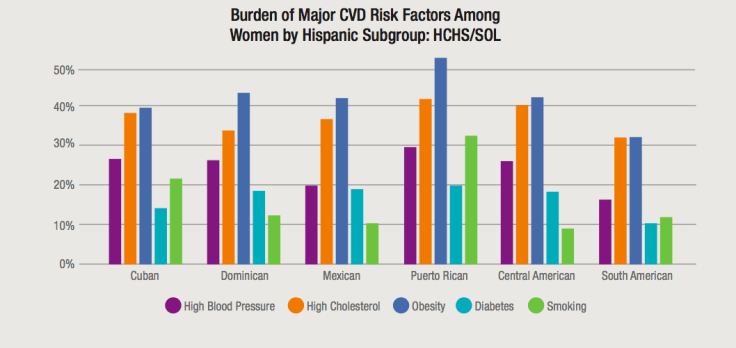Were you aware that squeezing in about half an hour a week for weight training could reduce significantly your risk for a heart attack or stroke by 40 to 70 percent? Basically put, a heart attack, which is also called myocardial infarction, is a medical emergency that arises when a blood clot blocks the flow of blood to the heart. Without blood, tissue loses oxygen and dies.
As per the key findings, based on the data received from 13,000 adults in the Aerobics Centre Longitudinal Study, the half an hour a week rule is the answer to warding off the threat of an attack.
Basically put, any form of workout that gets the heart pumping can significantly amount to reducing the risk of developing the deadly condition.
"People may think they need to spend a lot of time lifting weights, but just two sets of bench presses that take less than 5 minutes could be effective," said DC (Duck-chul) Lee, associate professor of kinesiology.
While weight training might require some investment (like enrolling into a gym) the activity was well worth it. “Lifting any weight that increases resistance on your muscles is the key,” Lee added. And, the least one could do is to devote some time into developing muscle resistance. Activities like digging in the yard, carrying heavy shopping bags or lifting a dumbbell are great options too. Furthermore, what need to be noted is that muscle training reduces the risk of obesity—a condition which can lead to chronic heart and circulatory diseases.
Indeed, exercising is key. But, a balanced diet is great as well. It is imperative to cut down on food which is high in saturated fat such as meat pies, sausages, butter, cream, cakes and biscuits and foods that contain coconut oil.
Try stocking up on plenty of fruits and greens, meat, fish, eggs, beans, rice, and potatoes. Also, one needs to remember that moderation is key. While you may not need to completely cut off foods that rank high in fats and sugar, watch your portions.
With the growing number of heart diseases among young working professionals, it is about time that proactive measures are taken before it is too late.

© 2025 Latin Times. All rights reserved. Do not reproduce without permission.




